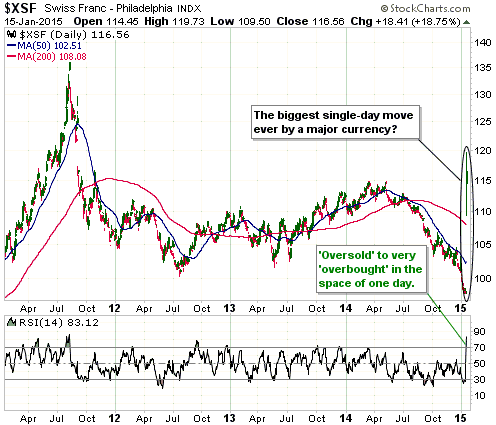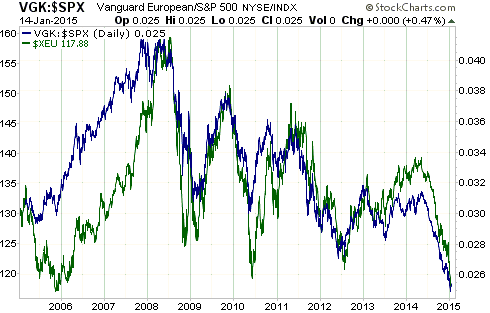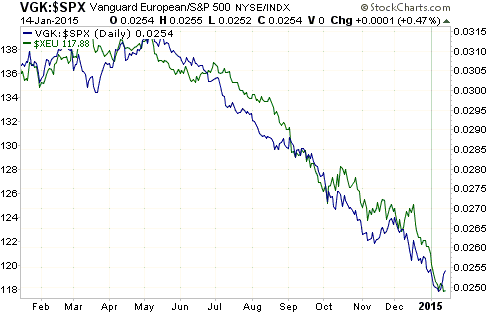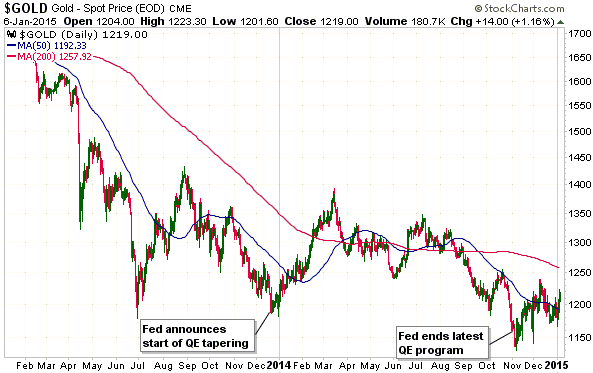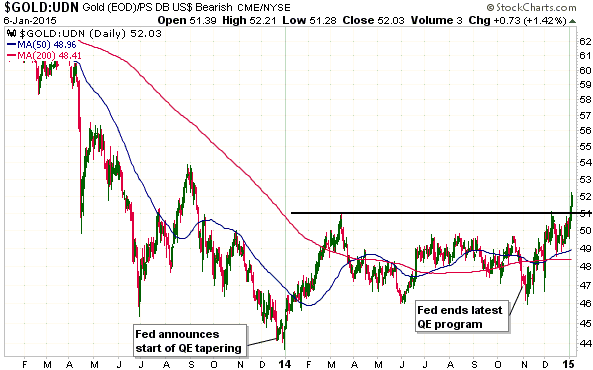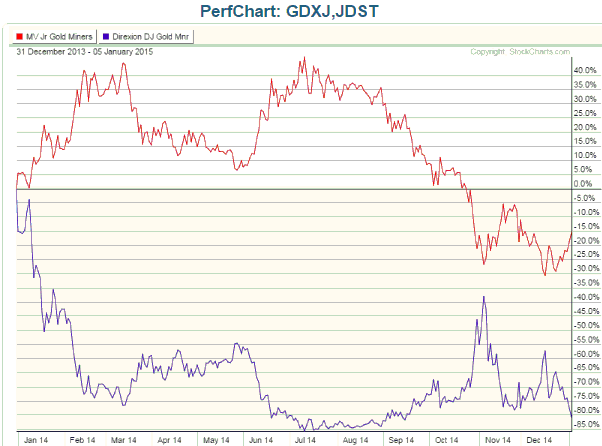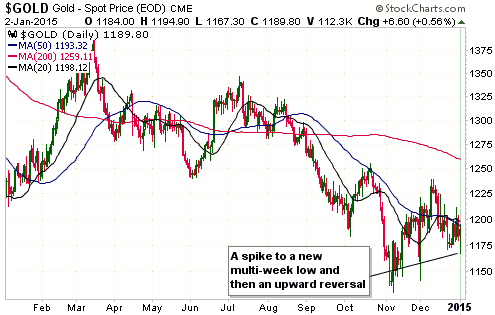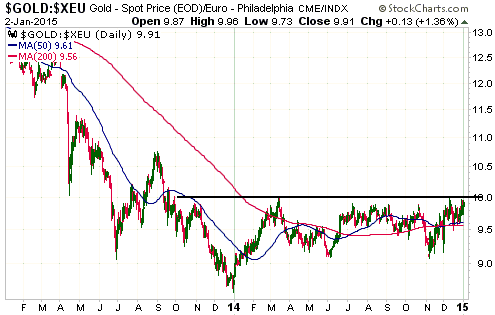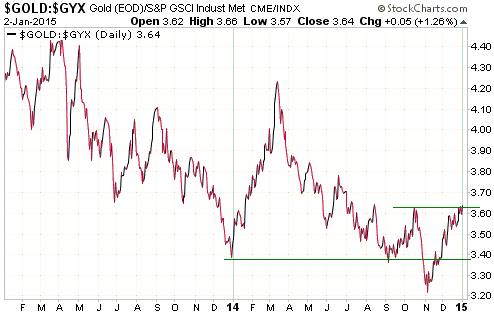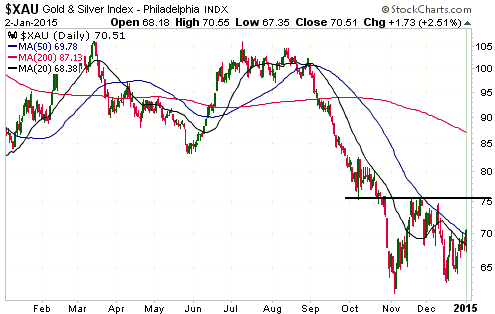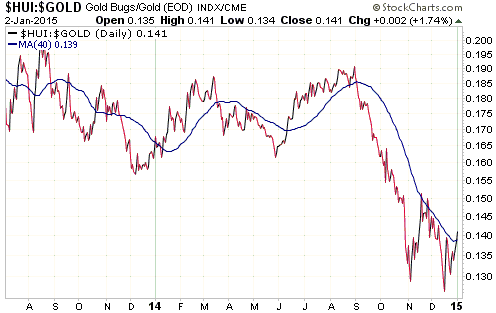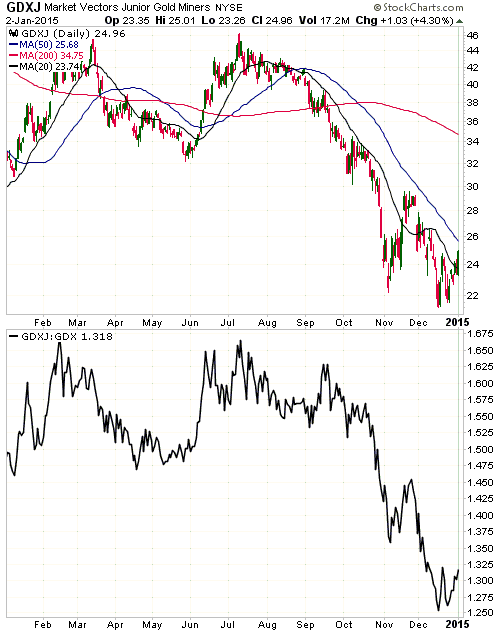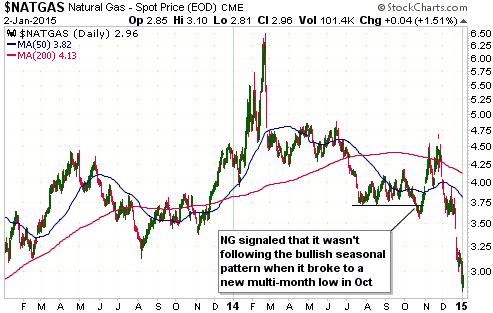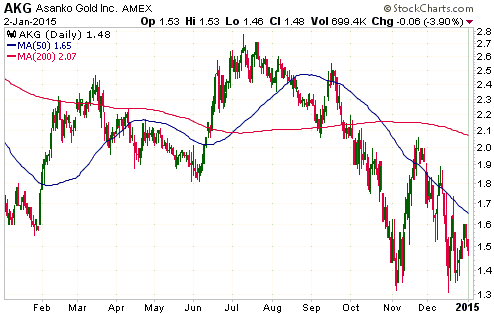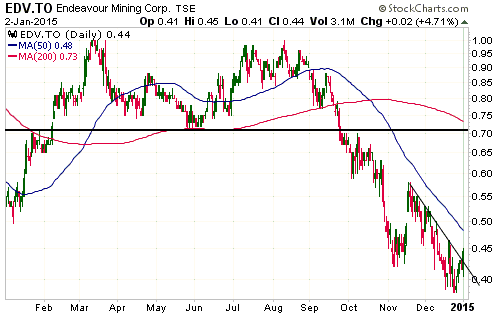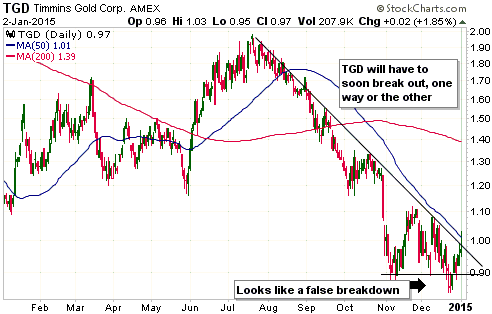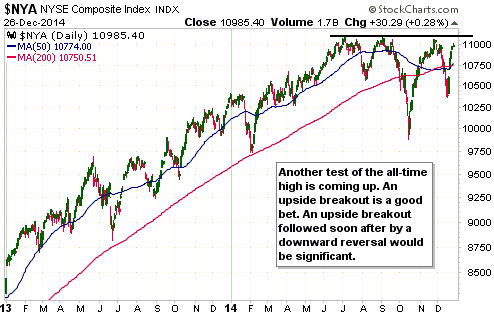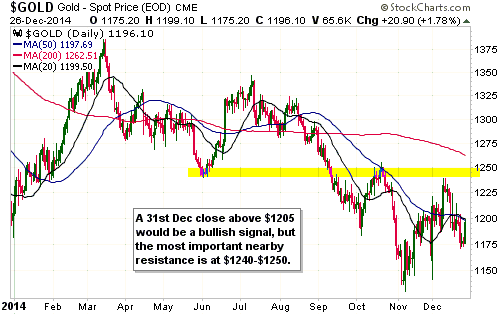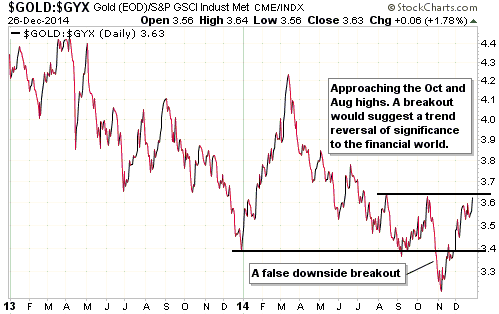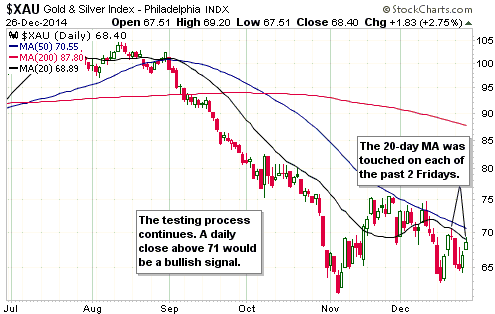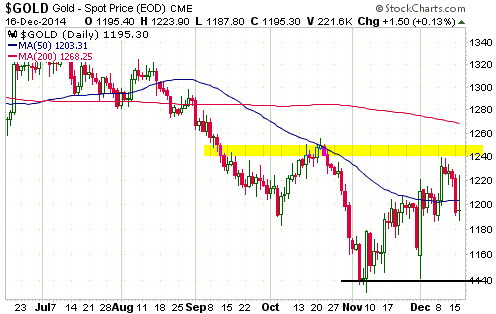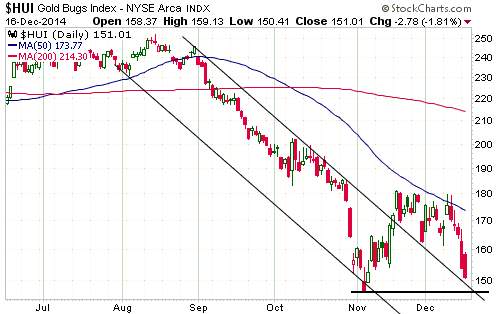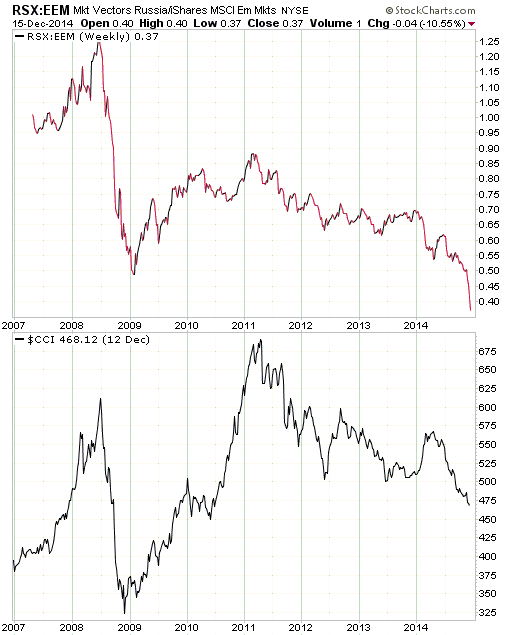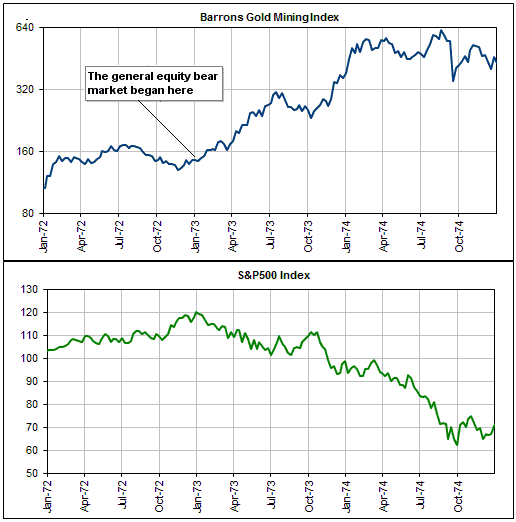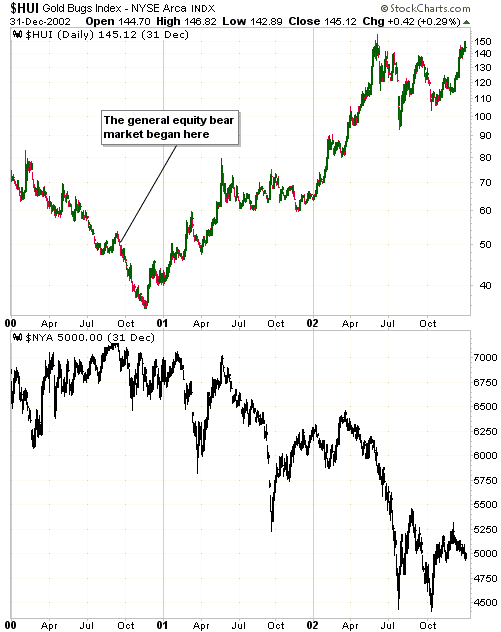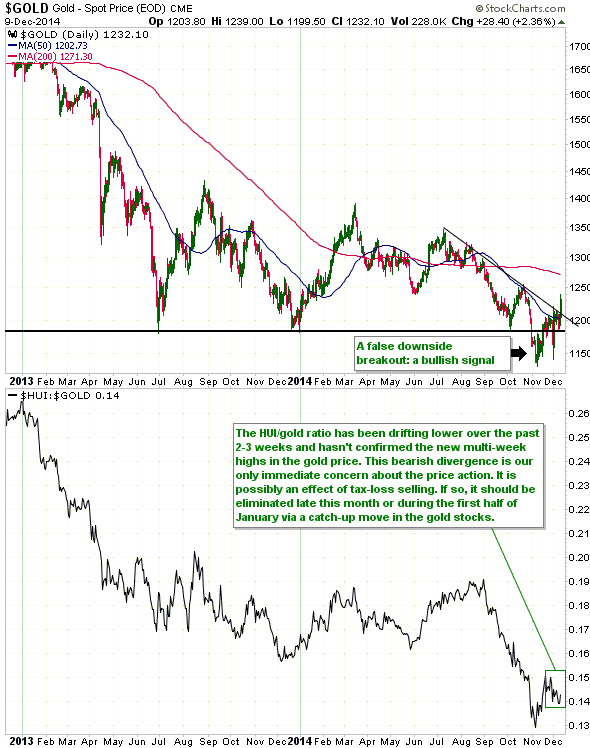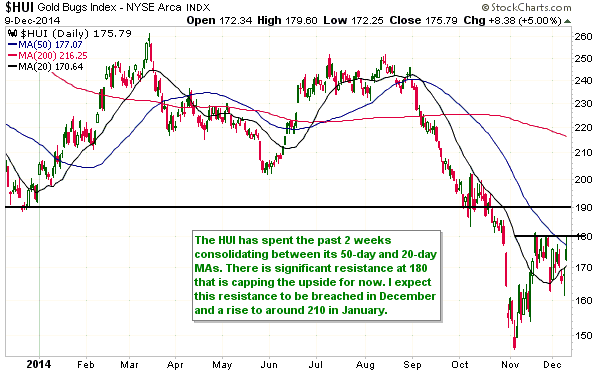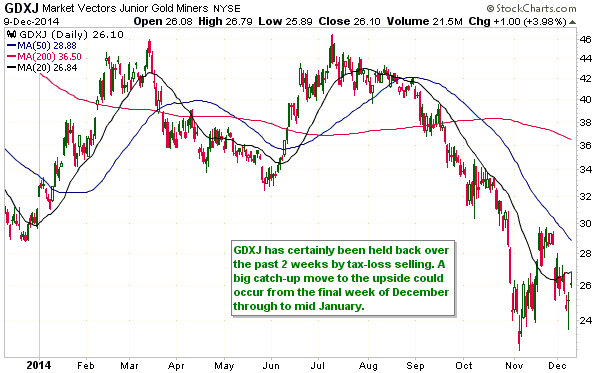Some government bonds are now being quoted with negative yields. Taking an extreme example, Swiss government bonds are now being quoted with negative yields for all maturities up to 10 years. This prompts the question: Who, in their right mind, would pay a government for the ‘privilege’ of lending the government money?
The zero or negative bond yields are almost certainly related in part to the desire by large cash-holders to ensure a return of cash, even if doing so guarantees a small nominal loss. By way of further explanation, if you have $100K of cash to park somewhere you can put it in an insured bank deposit and be guaranteed of getting your money back, but what do you do if you have $1B of cash? If you put this money into a bank account then only a trivial portion will be covered by the government’s deposit insurance, meaning that the failure of the bank could result in a substantial portion of your money being wiped out. To avoid the risk of a large loss due to bank failure it might seem reasonable for you to lend the money to the government at a yield that is certain to result in a small loss. In this case, the small loss stemming from the negative yield on your bond investment is a form of insurance that guarantees the return of almost all of your money.
In other words, at a time when “inflation” risk is perceived to be low and there are concerns about the safety of commercial banks, it could make sense for a large holder of cash to lend the money to the government at a small negative yield.
That being said, it’s important to remember that we aren’t really dealing with 0% or negative bond yields, we are dealing with 0% or negative yields to maturity. The bond yields themselves are still positive.
To further explain, consider the simple hypothetical case of a 1-year bond with par value of $100 that pays interest of $2 at the end of the 1-year duration. If the bond is trading at its par value then both the yield and the yield to maturity (YTM) will be 2%, but both yields will be something other than 2% when the bond’s price deviates from $100. For example, if the bond’s price rises to $103 then the yield falls to 1.94% ($2/$103) and the YTM falls to negative 0.97%. The YTM in this example takes into account the fact that if the bond is held until maturity then the buyer of the bond at $103 will receive a $2 interest payment plus a $100 principle payment, or a total return of $102 versus an outlay of $103. The $1 loss on the $103 investment equates to a return of negative 0.97%.
An implication is that someone who doesn’t plan to hold until maturity can still make a profit on a bond with a negative YTM. For example, someone who buys a Swiss government bond with a YTM of negative 0.1% today will have the opportunity of selling at a profit if the YTM subsequently falls to negative 0.2%. The current ridiculous valuations of some government bonds could therefore be partly explained by the belief that valuations will become even more ridiculous in the future, thus enabling today’s buyers to exit at a profit.
That is, in addition to the willingness to accept a small loss for a guarantee that almost all of the money will be returned, the “greater fool theory” could be at work in the government bond market. In this regard, a government bond having a negative YTM is not that different from an internet stock with no revenue being assigned a multi-hundred-million-dollar valuation based on “eyeballs”. It’s just another in a long line of examples of the madness of crowds, a madness that is often rooted in central bank policy.
 Print This Post
Print This Post

